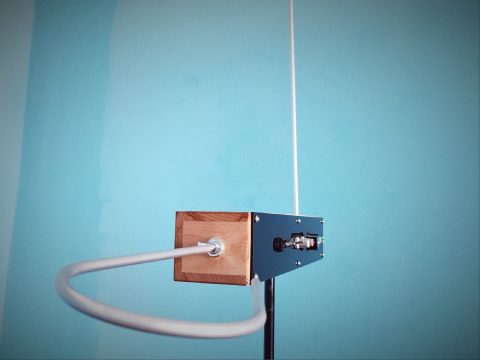Recent Posts
Афиша — Санкт-Петербург -Дворец Белосельских-Белозерских- 6 ноября 2024 — терменвокс в концерте Оркестра Андреева
Государственный академический русский оркестр им. В.В. Андреева приглашает вас на концерт «Мир музыкальных грез», где прозвучат шедевры классической музыки в уникальных аранжировках для русских народных инструментов. Под управлением дирижера Сергея Федосеенко оркестр исполнит программу, погружающую слушателей в чарующий мир музыкальных…
Афиша — Санкт-Петербург — Академическая Капелла — 5 ноября 2024 — Терменвокс в концерте оркестра Андреева
Государственный академический русский оркестр им. В.В. Андреева приглашает вас на концерт «Мир музыкальных грез», где прозвучат шедевры классической музыки в уникальных аранжировках для русских народных инструментов. Под управлением дирижера Сергея Федосеенко оркестр исполнит программу, погружающую слушателей в чарующий мир музыкальных…
Афиша — Москва — 1 ноября 2024 — Терменвокс , орган и синтезаторы
https://music-museum.ru/events/kontserty/zvukovyie-prevrashheniya.html 1 ноября в Музее музыки в Москве! Орган, терменвокс и синтезаторы Всего на один концерт инструмент созданный самим Львом Терменом для Музея музыки прервет молчание и зазвучит!
Афиша — Калининград — 27.10.2024 — Мастер-класс по терменвоксу от Петра Термена
27 октября, Калининград, Мастер-класс Петра Термена по терменвоксу на фестивале Sound Around Kaliningrad, куратор Данил Акимов, организатор — ГМИИ им. Пушкина https://nccakaliningrad.ru/soundaround2024/tpost/g7ntm2n5o1-master-klass-petra-termena-po-termenvoks
Афиша — Калининград — 26.10.24 — Никита Забелин и Петр Термен
👌26 октября, Калининград, Петр Термен и Nikita Zabelin на фестивале Sound Around Kaliningrad, куратор Данил Акимов, организатор — ГМИИ им. Пушкина https://tickets-klg.pushkinmuseum.art/event/5CF8F05054FB03A32CBD8A0BF7E698E50A2328C3 Куратор фестиваля Данил Акимов: Всем привет, продолжу знакомить с программой фестиваля Sound Around Kaliningrad 2024. Ценителям…
Афиша — 26.10.2024 — Калининград — лекция Петра Термена
26 октября в 12:00 , Калининград, Лекция «Электрификация звука: от музыкального телеграфа до лазерной арфы» на фестивале Sound Around Kaliningrad, куратор Данил Акимов, организатор — ГМИИ им. Пушкина https://nccakaliningrad.ru/soundaround2024/tpost/2fsgy5sny1-lektsiya-petra-termena-elektrifikatsiya
Афиша — 24.10.24 — Нижний Тагил — Терменвокс и орган
Концерт Петра Термена
Афиша — Москва — 6 июля — Мастер-класс по терменвоксу
Бесплатный мастер-класс по терменвоксу от Петра Термена и Школы терменвокса «Музыка из воздуха, овощей и фруктов» 6 июля 2024 в 14:00 ВДНХ, павильон 46 «Энергия жизни», вход свободный https://vdnh.ru/places/pavilon-46-ekonomika-i-organizatsiya-apk/
Афиша — Москва — 29 июня — Терменвокс и варганы мастер-класс и концерт
29 июня в 14:00 — мастер-класс, в 19:00 — концерт, Москва, ВДНХ, павильон 46 «Энергия жизни. Вход свободный. Концерт проходит в рамках культурной программы выставки «Мир электричества» ✔️29 июня — 14.00 -15.00 —мастер-класс по терменвоксу “Теория и практика музыки из…
Афиша — Москва, ВДНХ, Терменвокс и орган — 22 июня
22 июня в 19:00, Москва, ВДНХ, павильон 46 «Энергия жизни. Вход свободный. “Терменвокс и орган: Вселенная звука” В программе: музыка И. С. Баха, Ф. Генделя, Л. Нидермейера, О. Мессиана, в сопровождении космического видеоряда. Самый завораживающий музыкальный инструмент — терменвокс и…









